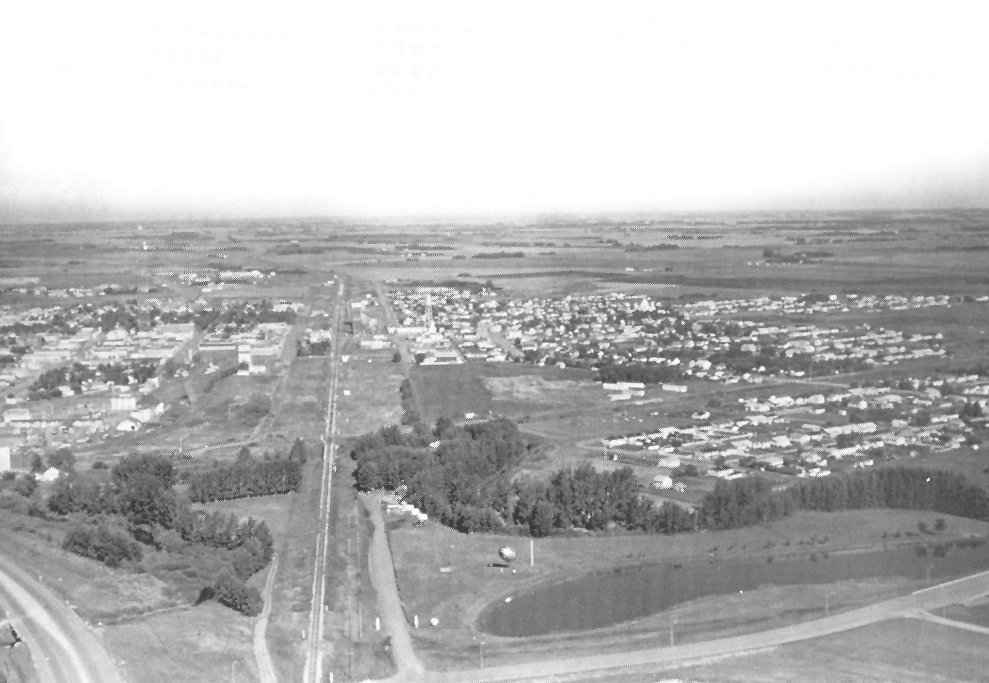Skip to content. | Skip to navigation
The Easter Egg
The Vegreville Pysanka
"Vegreville, a multi-cultural community of 4,000 plus, located 55 miles east of Edmonton on the Yellowhead Highway in Eastern Alberta, is home of the world's largest Pysanka - a giant, Ukrainian Easter Egg."
The Ukrainian tradition of decorating eggs with symbolic geometric
designs has been handed down from generation to generation, often with
regional variation. The Chamber of Commerce of the town of Vegreville,
which, with its surrounding farmlands, has the largest Ukrainian
settlement in Canada, made application in 1973 to the Alberta Century
Celebrations Committee to erect a monument - a giant Pysanka (Ukrainian
decorated Easter egg) - to commemorate the 100th Anniversary of the
Royal Canadian Mounted Police.
It was Town Councilor Pysanky
by Mrs. Sembatiuk, Kay McKenzie's suggestion. The Egg would symbolize
the harmony and vitality in the multi-cultural settlement and signify
the peace and security Edmonton, Alberta brought by the R.CM.P. It
would be among a number of monuments funded by the Canadian government
in observance of the Centennial, 1974. The uniqueness of the project
won the Chamber a $15,000 matching grant for their monument, and they
set out looking for a way to build an egg.
After having
considered a variety of materials, which were respectively heavier,
more costly, less permanent, more vandal able, they settled on
aluminum, with permanent anodized color. However, they could find no
one to design the geometry for an egg-shaped structure of this scale.
Permaloy Enterprises of Ogden, Utah, would do the anodizing, but could
only guarantee whites, golds, and bronzes to be colorfast.
It
happened that Jack Woods, of Permaloy, knew of the work of University
of Utah Computer Science Prof. Ron Resch, who had been experimenting
with geometric patterns and folded-plate systems for some 10 years.
Prof. Resch has done extensive research using computers and is
responsible for the entire development of the concept for the Egg
processed by computer. He holds patents for structural domes which can
conform to any desired shape, but the Egg posed questions yet
unanswered in many areas. This "dome" would have to (1) close back on
itself, to form an enclosed shape; (2) maintain symmetry of pattern (an
egg's shape is not elliptical, cylindrical or spherical); and (3) be
structurally self-supporting. There was no mathematical definition for
an egg. In fact, later studies proved that a person's concept of what
shape an egg is, is quite different from what shapes eggs really are
... as varied as people.



 Previous:
Easter Egg Booklet Front Cover
Previous:
Easter Egg Booklet Front Cover

